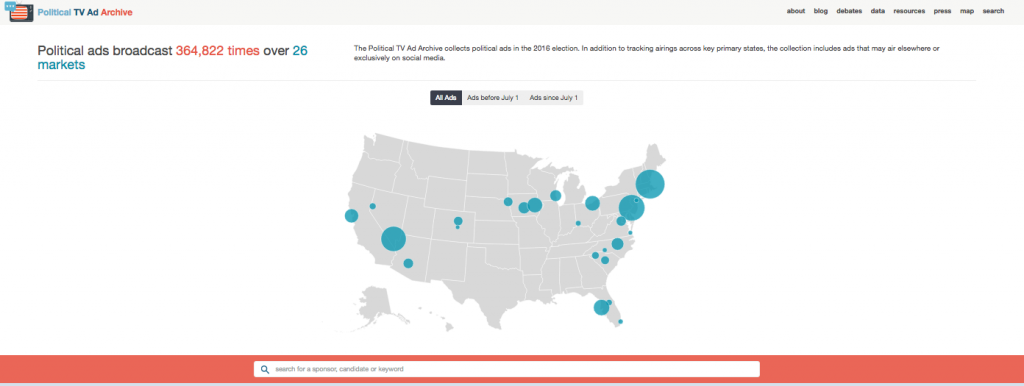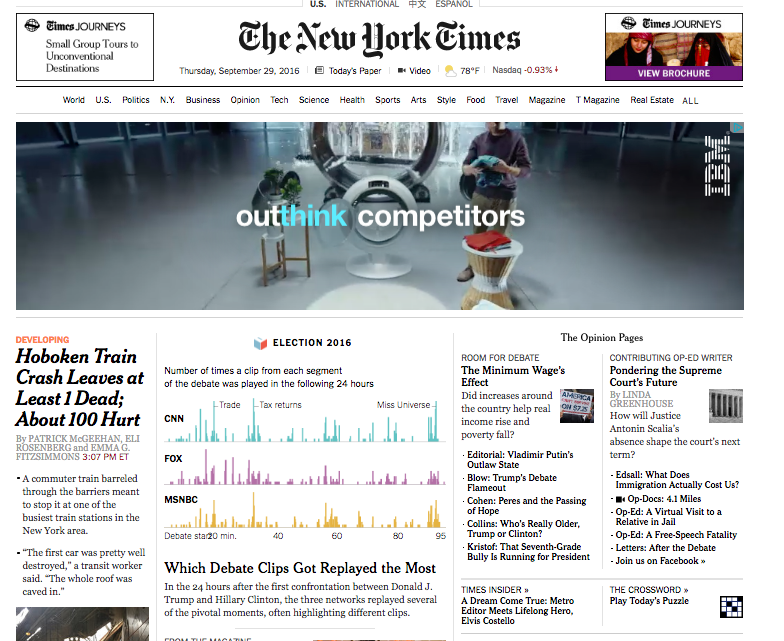With yesterday’s announcement Fox News had ousted Bill O’Reilly from the helm of “The O’Reilly Factor,” following mounting complaints of sexual harassment, the pugilistic host’s reign as the “king of cable news” passes into history.
However, a good portion of that American political history is preserved for posterity as part of the TV News Archive, the Internet Archive’s searchable collection of television news. We’ve got some 3,000 hours of “The O’Reilly Factor” dating back to 2009, including at least 20 segments that have been fact-checked by PolitiFact.
Perhaps O’Reilly described his mission best with his response to a viewer, who urged him in October 2016, “Stick to the facts, not your personal opinion.” Said O’Reilly: “The O’Reilly factor is built around my personal opinions, sir. Twenty years…thus the name: ‘The O’Reilly Factor.'”
Here are several fact-checked O’Reilly highlights from recent years:
Guns. O’Reilly claimed that Supreme Court nominee Merrick Garland “voted, so the folks know, in Washington, D.C., to keep guns away from private citizens.” PunditFact: “False….Garland didn’t vote on this case at all.” (March 2016.)
Crime. From 2014 to 2015, said O’Reilly in October 2015, Austin’s “murder rate is up a whopping 83 percent.” PolitiFact Texas: Mostly False. “[I]f O’Reilly had pulled back the camera, so to speak, he could have determined that Austin appears on pace to have a lower murder rate in 2015 than in 2014.”
Iran, China, and Russia. O’Reilly: Russia and China “absolutely said pretty clearly” they would not keep economic sanctions on Iran if the United States “walked away from the deal.” This time O’Reilly earned a “Mostly True,” from PolitiFact: “O’Reilly is pushing the envelope when he said “absolutely” clear, as they haven’t issued formal statements. But all of their actions indicate that what O’Reilly said is substantially accurate.”
Muslims cheering 9-11. “Thousands of Muslims, regular folks, celebrated in the streets… . these people are a minority but they were not called out in any official way by Muslim nations around the world.” PolitiFact: “Half True.” “So far as we can tell, there was no official condemnation of people celebrating the 9/11 attacks. However, Muslim governments, and religious leaders, condemned the attacks themselves, as did many average Muslims.”
There’s more! Popcorn fact-check annotation experiment
For a reel of fact-checks of O’Reilly statements over the years, check out this compilation created with a recent version of Mozilla’s Popcorn editor by TV News Archive Director Roger Macdonald.
Popcorn allows viewers to feed TV News Archive video into an editor and mix it up with other videos, add text annotations, hyperlinks, and more. We believe this is a glimpse of the future: giving people the tools to put the messages that bombard them in context, rather than being passive viewers.
Mozilla launched the innovative tool in 2012; while they no longer support it, the source code is open for others to improve. Please be patient with occasional buffering glitches. Try clicking on some of the text for links and the orange quote icon link to citations. And, if you want to go wild, click the arrows triangle icon and try your hand at remixing.
If impatient with problems playing the Popcorn version, here is a plain-old mp4. No embedded links or remix options.

